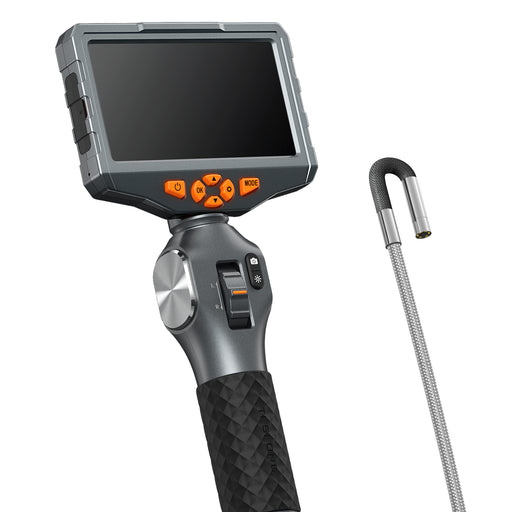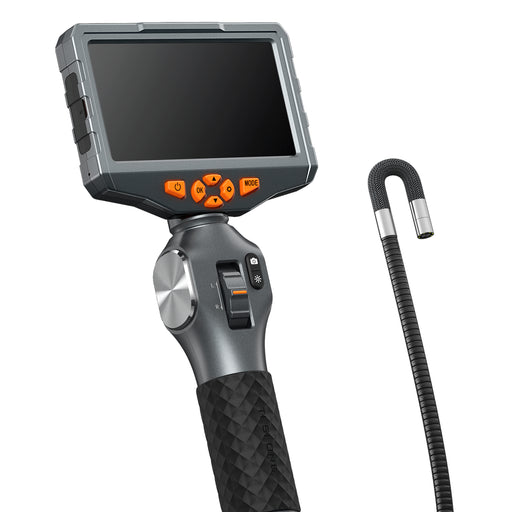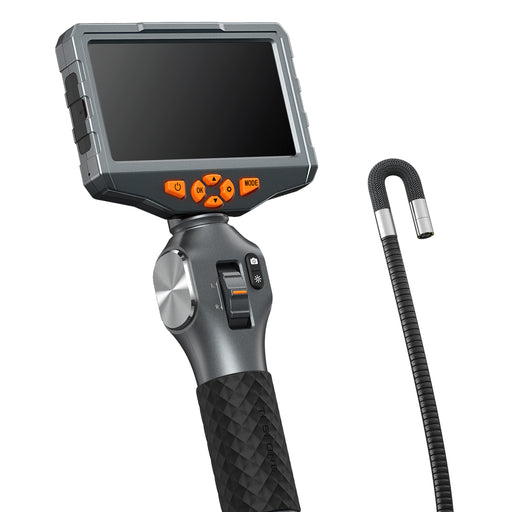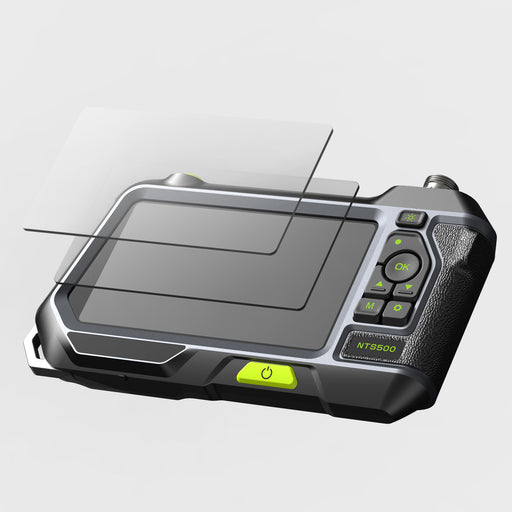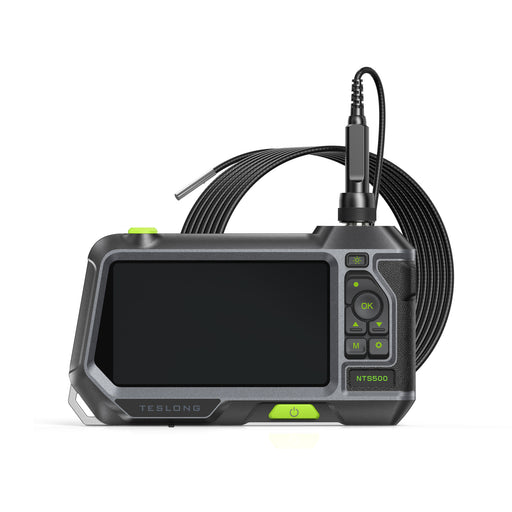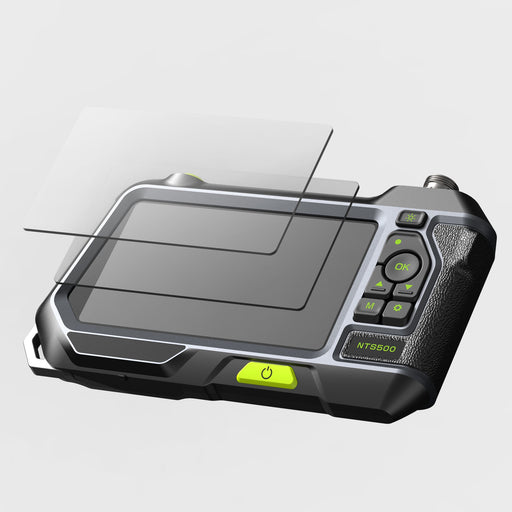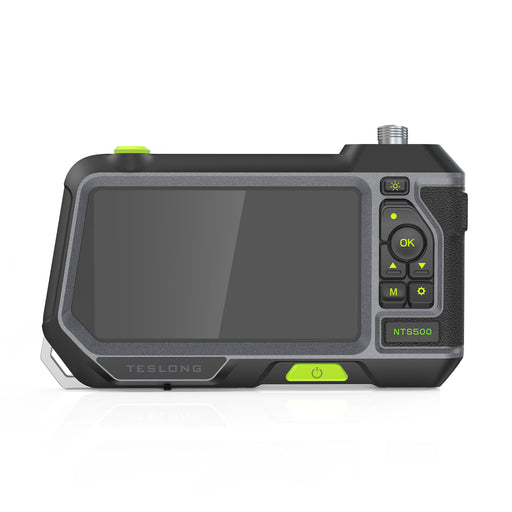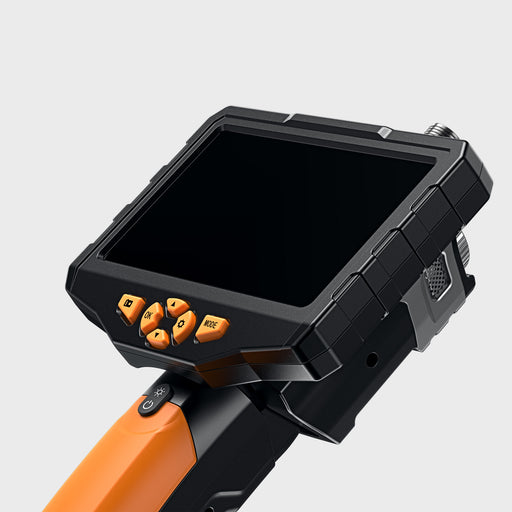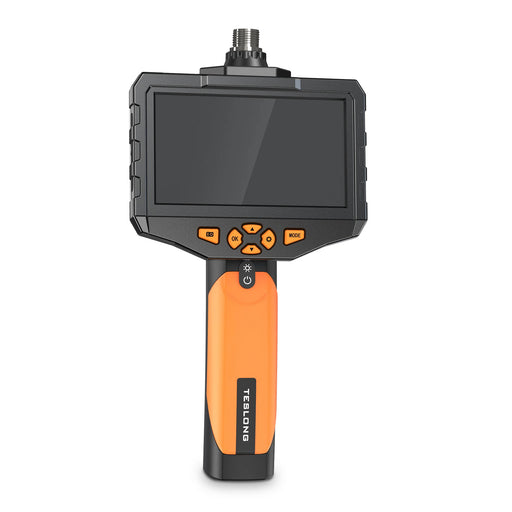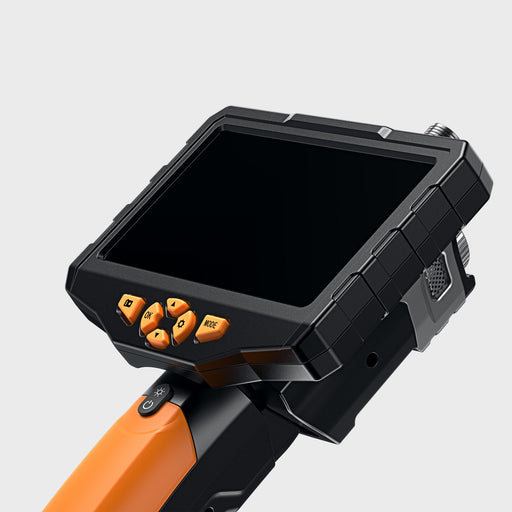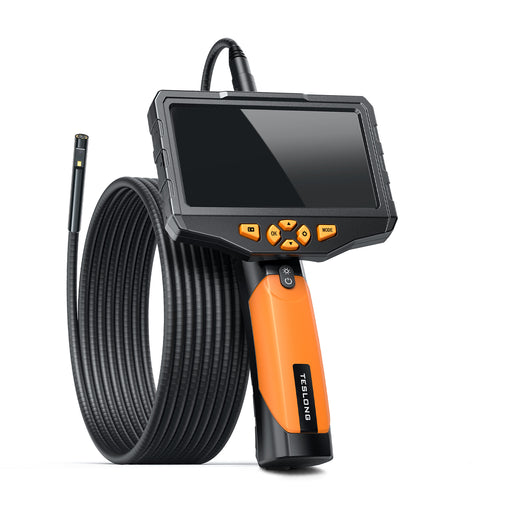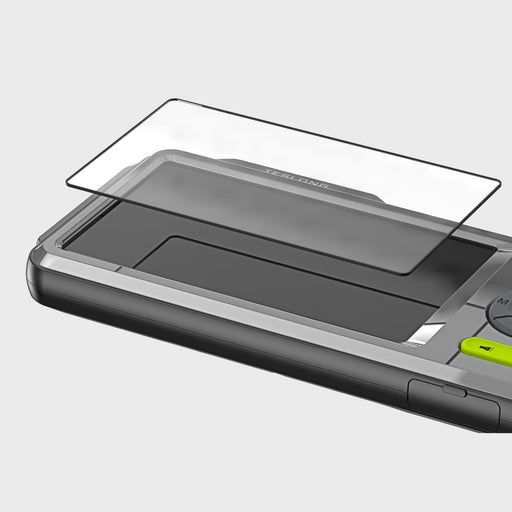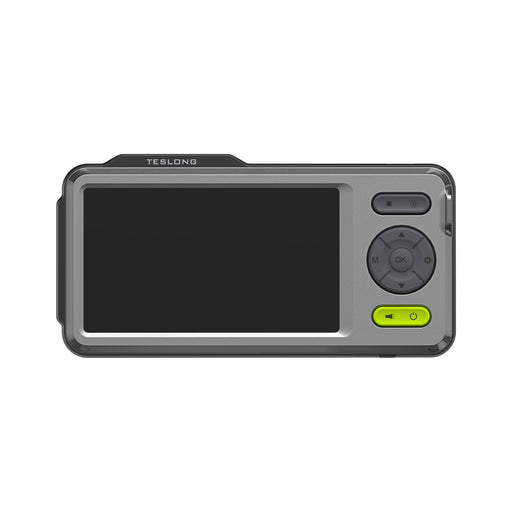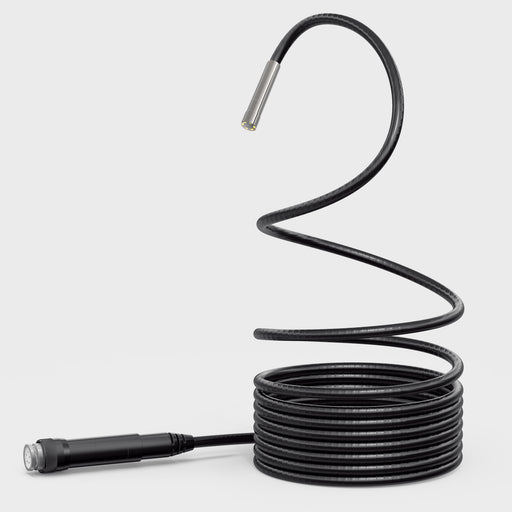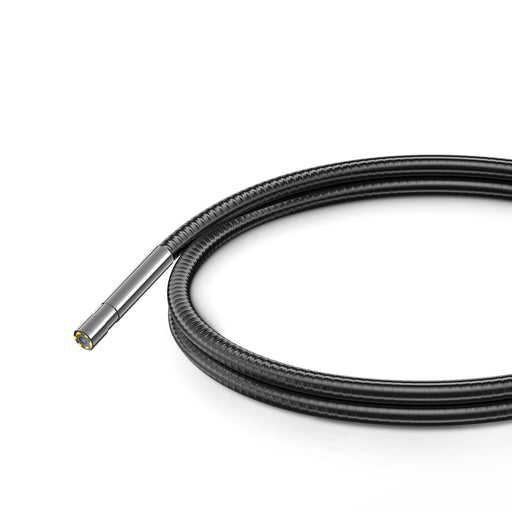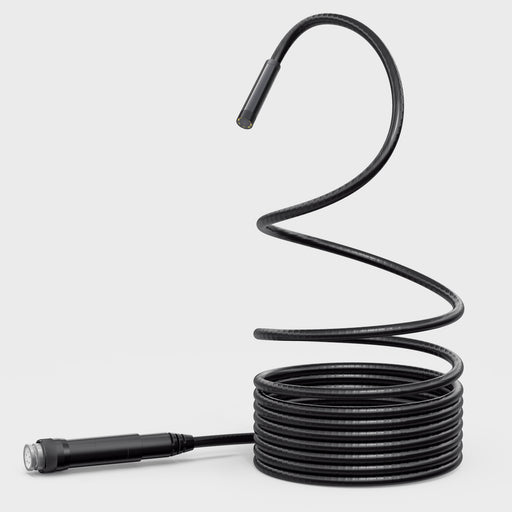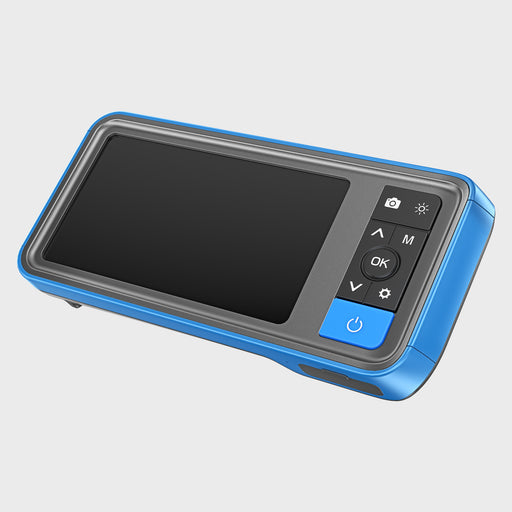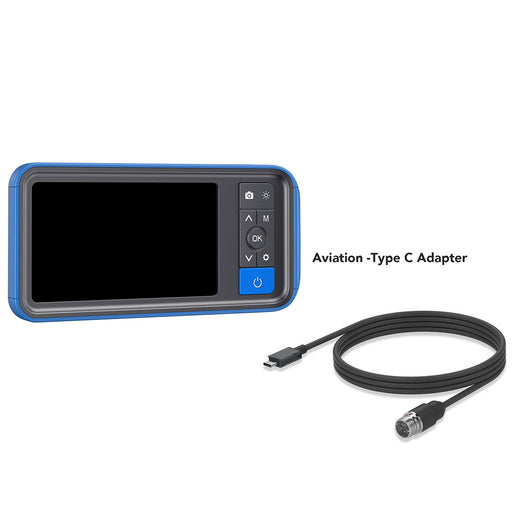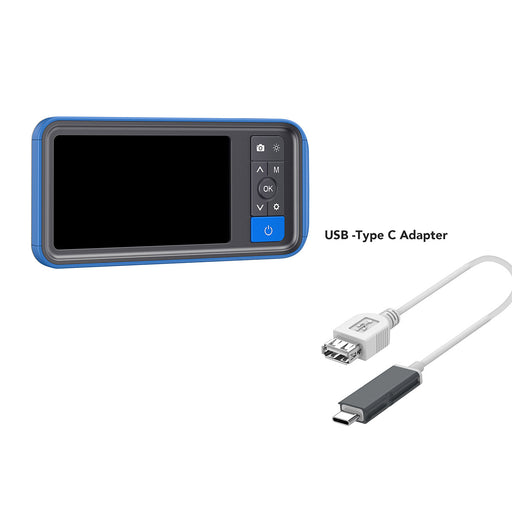FAQS
Generally, “endoscope” is a medical term for a surgical device, but we frequently call our products “industrial endoscopes” to avoid confusing them with medical endoscopes. Teslong does not make any medical-grade surgical products. “Borescopes” is a term that is basically interchangeable with “industrial endoscopes” however we refer to all of our firearm inspection cameras as “borescopes” and the rest of our inspection cameras as “industrial endoscopes.”
Digital inspection cameras are good for looking anywhere that is difficult to see or access with the naked eye. This could be as simple as looking under the refrigerator for lost car keys or it could be a technical engineering application like performing a visual inspection on an aircraft engine. DIgital inspection cameras have many uses, but most commonly they are used to look inside the wall of a house to aid running electrical or audio wiring and also for looking inside combustion chambers of automobiles to inspect for proper valve function.
You can hire mechanics or home inspectors to perform inspections using inspection cameras, but generally you wouldn’t specify the tools they use to perform their work. Complicated and expensive inspection cameras can be rented, but this is usually only done by trained professionals. Most consumer digital inspection cameras are inexpensive enough that you can just buy them to perform the inspection yourself.
Home inspectors use whatever industrial endoscope camera they trust to get the job done. Ultimately, they need to get a good visual on their subject such that they can confidently make an accurate assessment of whatever they are looking at.
Borescope inspection cameras are handy tools that save time and money - anyone who regularly performs do-it-yourself work around the house or automobiles should have one in their toolbox.
Snake cameras are a slang term for borescope inspection cameras, or industrial endoscopes. Snake cameras have a digital camera on the end of a rigid or flexible probe that is designed to access areas that you normally can’t see with the naked eye, thereby eliminating time-consuming disassembly or destructive inspection processes.









